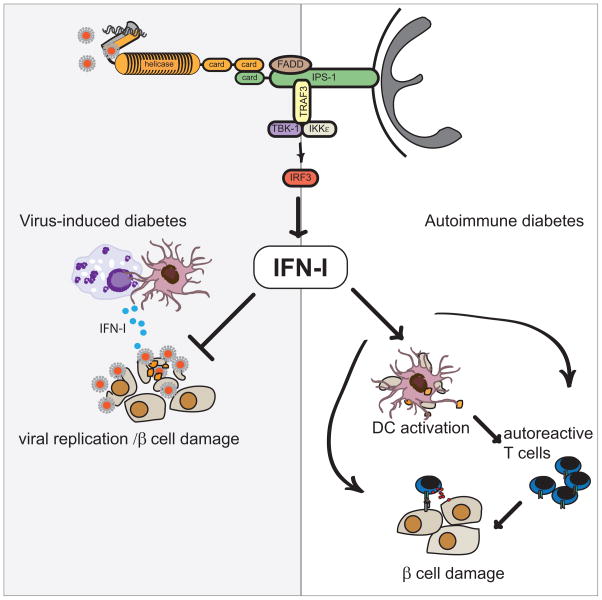Fig. 4. MDA5 and IFN-I in virus-induced and autoimmune diabetes.
Viruses such as EMCV and CVB cause diabetes in mice. Polymorphisms in MDA5, a sensor for β-cell tropic viruses such as CVB and EMCV-D, have been linked to the development of human T1D. In virus-induced diabetes, activation of the MDA5 pathway in DCs and macrophages triggers IFN-I responses, which inhibits viral replication and prevents βcell injury. On the other hand, in autoimmune diabetes, MDA5 signaling might elicit excessive IFN-I production that could induce apoptosis of β-cells and promote presentation of β-cell antigens to autoreactive T cells by islet-resident DCs (256). IFN-I is also capable of activating autoreactive T cells directly in an antigen non-specific fashion.

